Treatment duration
3 - 4 hours
Anesthesia
Anesthesia - twilight sleep
Bandage
Removable head bandage
Clinic stay
1 - 2 days
Follow-up treatments
Dressing change
Recovery time
1 - 3 weeks
Treatment duration
3 - 4 hours
Anesthesia
Anesthesia - twilight sleep
Association
Removable head bandage
Clinic stay
1 - 2 days
Follow-up treatments
Dressing change
Recovery time
1 - 3 weeks
Sagging skin and wrinkles don’t have to be permanent. Dr. Mara, a leading expert in facelifts in Mallorca, offers innovative solutions for a firmer and more youthful appearance. At her modern clinic in Palma, she emphasizes thorough consultations and personalized treatment plans tailored to your specific needs and expectations.
By utilizing the latest techniques, Dr. Mara ensures minimally invasive procedures with excellent results and minimal scarring. After the procedure, you will receive detailed aftercare instructions, and regular follow-up appointments will ensure that the healing process progresses optimally. Trust Dr. Mara’s experience and expertise for your facelift in Mallorca and enjoy a rejuvenated, radiant look.
Facelift Mallorca: Your specialist Dr. Mara
- High-level expertise: Dr. Mara combines advanced aesthetic techniques with her extensive expertise to offer tailor-made facelifts in Mallorca.
- Years of experience: With over 2,500 successful procedures, Dr. Mara ensures the highest standards of safety and quality.
- Focus on facelift: Specializing in facelifts, Dr. Mara uses the most advanced techniques for facial lifting and rejuvenation.
- Modern clinic: All treatments are performed in a state-of-the-art clinic in Palma, equipped with the latest medical technology.
- Certified qualifications: Dr. Mara is certified by both the German Medical Association and the Balearic Medical Council, confirming her exceptional expertise.
- Personalized treatment plans: Each facelift treatment is carefully customized to the individual needs and desires of the patient.
- Innovative techniques: Using cutting-edge methods and high-quality materials, Dr. Mara minimizes unwanted side effects and delivers first-class aesthetic results.
- Comprehensive aftercare: Dr. Mara offers complete care and aftercare to ensure optimal healing and long-term satisfaction.

Discover the art of rejuvenation: Facelift Mallorca
As we age, our skin loses elasticity and firmness, leading to a tired and sagging appearance. Dr. Mara’s practice in Mallorca offers specialized facelift procedures to counteract these signs of aging. A facelift at Mara Aesthetics not only restores the vitality and freshness of your face but also boosts your confidence, making you feel comfortable in your own skin again.
Customized facelift options at Mara Aesthetics
We offer a variety of facelift options tailored to different areas of the face, including forehead lifts, brow lifts, temple lifts, mid-face lifts, PRESTO facelifts, mini facelifts, cheek lifts, and neck lifts. These specialized procedures are selected and customized according to your individual needs and aesthetic goals.
Your personalized facelift with Dr. Mara
Each face is unique, and Dr. Mara focuses on highlighting the natural beauty of every patient through personalized facelift techniques. By combining advanced methods with a deep understanding of each individual’s anatomical features, Dr. Mara achieves refreshing results that bring out your youthful appearance and enhance your well-being.
Trust Dr. Mara’s expertise and let her extensive experience and aesthetic sensitivity guide you. Begin your rejuvenation journey with a facelift in Mallorca and experience a new level of beauty and confidence.
Facelift process in Mallorca
Preparing for your facelift
Before the facelift, Dr. Mara conducts a thorough consultation with you. During this meeting, all treatment details are discussed. Your individual desires and concerns will be considered, and Dr. Mara will answer all your questions to give you a complete overview of the procedure and the methods used.
On the Day of the Facelift
On the day of the procedure, you will be warmly welcomed at the modern clinic in Mallorca. The facelift is performed in a relaxed atmosphere to provide you with maximum comfort. Dr. Mara uses precise techniques to tighten the skin and restore lost volume. The incisions are minimal and are made in such a way that scars are barely visible. The procedure is usually performed under general anesthesia, ensuring you feel no pain during the surgery.
After the facelift
After the procedure, you will receive detailed aftercare instructions to support the healing process and achieve the best results. Dr. Mara recommends specific care measures to promote healing and soothe the skin. Regular follow-up appointments are scheduled to monitor your progress and ensure you are satisfied with the outcome. Throughout the recovery phase, Dr. Mara will be available to answer any questions and provide support.
Dr. Mara and her team are committed to providing you with first-class care and optimal results. Trust Dr. Mara’s expertise and experience and enjoy the benefits of a professional facelift in Mallorca.

Facelift techniques
Facelift methods for facial rejuvenation
Dr. Mara offers various facelift techniques in Mallorca, individually tailored to your aesthetic goals. These procedures help restore the youthfulness and natural beauty of your face.
MACS dacelift (Mini facelift)
This method is ideal for patients with early signs of aging who desire a subtle yet effective rejuvenation. The MACS facelift improves skin tightness using minimally invasive techniques by lifting sagging tissue through small incisions. This method is perfect for those who prefer quick recovery and less invasive procedures.
SMAS facelift
For patients with more advanced signs of aging, the SMAS facelift offers deeper rejuvenation. This technique tightens both the skin and the superficial muscular aponeurotic system (SMAS), which is responsible for facial expression. By tightening this deeper layer, long-lasting and natural results are achieved.
Non-surgical facial rejuvenation methods
In addition to surgical options, non-surgical treatments are also available, offering facial rejuvenation without surgery. These methods include various wrinkle treatments and injections that effectively reduce wrinkles, improve skin texture, and enhance skin firmness. Some of these treatments show immediate results, while others promote skin regeneration over time. The duration of effectiveness varies and should be considered when choosing a treatment.
Facelift costs in Mallorca
The cost of a facelift varies depending on the extent of the procedure, the type of anesthesia, and the length of hospital stay. Generally, prices for a facelift range between €5,000 and €12,000.
Since the needs and requirements of each patient are different, a general cost estimate cannot be provided. To get an accurate assessment of the costs and receive detailed advice, you can schedule a personal consultation with Dr. Mara. During the consultation, all relevant factors will be discussed, and a treatment plan tailored to you will be developed.
Facelift patient reviews: Genuine Google testimonials
Patient feedback is a key indicator of the quality of medical treatments. Many patients who underwent a facelift with Dr. Mara in Mallorca share their positive experiences on Google. These reviews provide valuable insights into the entire treatment process – from the detailed consultation and precise execution of the facelift to the comprehensive aftercare.
Dr. Mara is praised for her excellent professional expertise, compassionate care, and outstanding aesthetic results. Customized treatment plans and meticulous aftercare, which promote quick and smooth recovery, are especially highlighted.
Genuine reviews reflect the high level of patient satisfaction and confirm the excellent quality of medical services at our clinic. These testimonials offer prospective patients valuable insights and increase confidence in the professional and personal care provided by Dr. Mara and her team.
A doctor who knows what she’s talking about. I was promised that I would leave with a very good result, and what can I say? The promise was kept – I’m super satisfied with the result. She was always reachable and there for me, answered all my questions in detail. I can wholeheartedly recommend her!
Brigitte B. – July 2024
Very nice experience, good staff and professional
sabrina g. – October 2024
Read more reviews on Google. Click here
Frequently asked questions about facelift in Mallorca
A facelift in Mallorca is usually performed under general anesthesia. Smaller procedures, such as mini-lifts or minor tightening, can also be done under local anesthesia. Often, twilight sedation is used for additional comfort. To minimize bleeding and protect facial muscles, a local anesthetic that constricts the blood vessels is used. This enables nearly bloodless surgery while preserving the delicate facial structures.
The location of the scars depends on the chosen surgical technique, which is determined by the amount of excess skin and the wrinkle pattern. In a mini-facelift, the scar typically runs in front of the ear. In cases where a neck lift is also required, the scar may extend behind the ear into the hairline. The incisions are made so that the scars remain as inconspicuous as possible. Although scar formation varies individually, scars are generally fine and barely visible.
You can wash your hair carefully after two to three days. To support the healing process, you should avoid smoking before and after the procedure to prevent complications with wound healing. Physical exertion and activities where you need to bend your head down should be avoided for six weeks, as well as direct sun exposure. Light physical activities can be resumed after about two weeks.
Medications with blood-thinning effects need to be discontinued before the procedure. Dr. Mara will provide you with specific instructions on when and how long to stop these medications before surgery.
Due to the good blood circulation in the face, bruising and swelling are some of the risks associated with facial surgery. However, swelling usually starts to subside by the third day.
Blood-thinning medications must be discontinued well before surgery. Bruises tend to follow gravity and can therefore also appear on the neck.
Numbness around the ears is common and typically lasts for a few weeks. Full recovery of skin nerve sensitivity can take a few months.
The results of a facelift can last for many years. However, factors such as skin type, age, and lifestyle influence the duration of the results. Good skincare and occasional minor follow-up treatments can help maintain the results long-term.
Most patients are ready to resume social activities about two to three weeks after the procedure. By then, the swelling and bruising should have mostly subsided, and the face will appear more natural.
After the facelift, avoid direct sun exposure and use sunscreen with a high SPF. Also, refrain from making extreme facial expressions and avoid massaging the treated areas. Dr. Mara will provide you with specific care instructions to support the healing process.
For the first six weeks after the facelift, you should avoid physical exertion, heavy lifting, and activities that involve bending your head down. Light physical activities can be resumed after about two weeks, always in consultation with Dr. Mara.
A healthy and balanced diet supports the healing process. Ensure adequate hydration and avoid salty and sugary foods that can increase swelling. Dr. Mara may give you specific dietary recommendations to promote recovery.
Makeup should be avoided in the first few days after the facelift to avoid interfering with the healing process. After about a week, you can start using light makeup to cover any bruises or redness. Discuss this with Dr. Mara to ensure it is safe for you to wear makeup.
Free initial consultation for your facelift in Mallorca
The first step to a successful facelift in Mallorca starts with a comprehensive and personalized consultation. In our clinic located in the center of Palma, we offer a free initial consultation. Dr. Mara will take the time to understand your specific needs and expectations to create a customized treatment plan for your facelift.
During the consultation, Dr. Mara will carefully examine your facial contours and skin condition. She will explain the various facelift options and answer all of your questions in detail. The goal is to provide you with a clear overview of the treatment steps and the expected results.
Our modern clinic offers a professional and comfortable environment for your consultation. Thanks to her many years of experience and expertise, Dr. Mara ensures that every treatment is precisely tailored to your individual requirements.
Take advantage of Dr. Mara’s expertise and schedule a no-obligation consultation to explore the possibilities of a facelift in Mallorca. Together, we will develop the optimal treatment plan to help you achieve a refreshed and youthful appearance.

Contact us for your facelift in Mallorca
Get in touch with us to achieve a firmer and rejuvenated facial appearance. Use our online form, call us, or message us via WhatsApp – we guarantee a prompt response.
Dr. Mara and her dedicated team provide expert consultation and comprehensive support. Our clinic, located in the heart of Palma de Mallorca, is known for personalized care and customized treatment plans. Trust our expertise in facelift procedures in Mallorca and book your consultation today.
Contact:
- Email: dr@mara-aesthetics.com
- Phone: +34 608 338 290
- WhatsApp: +34 608 338 290 (Click here)
- Instagram: mara_aesthetics_mallorca (Send a message)
- Adress: Via Roma, 6, entresuelo A, 07012 Palma, Mallorca, Spain
- Online Contact Form: Click here
- Online Appointment Booking: Click here
Appointment times by prior arrangement:
Monday to Friday – 9:00 AM to 7:00 PM
Appointments on weekends or in the evening are also available upon request.


